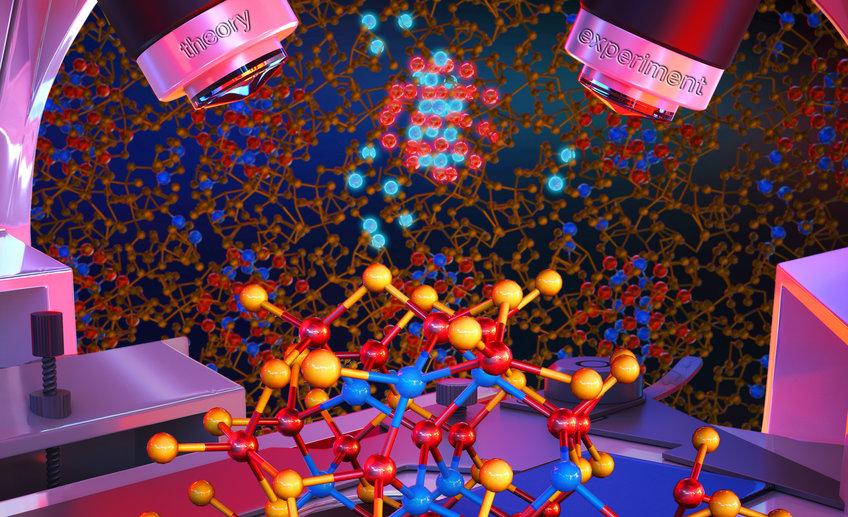
Internal interfaces in quantum dot solids
Efficient harvesting of sunlight and (photo-)electrochemical conversion into solar fuels is an emerging energy technology with enormous promise. Such emerging technologies depend critically on materials systems, in which the integration of dissimilar components and the internal interfaces that arise between them determine the functionality.
Molecular-scale manipulation and and controlled assembly of components offer the opportunity to create artificial materials that do not exist in nature and and that exhibit superior properties. Using colloidal nanocrystals as artificial atoms and assembling them into superlattices is a prominent example.
Here, we address the problem of rational design of all-inorganic semiconducting quantum dot solids, so as to obtain materials with tailored electronic and transport properties. One of the outstanding challenges to assemble nanocrystals into materials with tailored properties is the control of the surface chemistry of the nano-building blocks and of the buried interfaces between nanoparticles and ligands.
We devised an integrated theoretical and computational strategy to obtain atomistic structural models of semiconducting nanoparticles interfaced with inorganic ligands, as a function of synthesis conditions. These models allowed us to identify relations between specific structural motifs and electronic and transport properties, thus providing design rules to obtain nano-composites with target properties. We focused on InAs capped with tin sulfide based ligands: these are prototypical nanomaterials with particularly promising transport properties.













